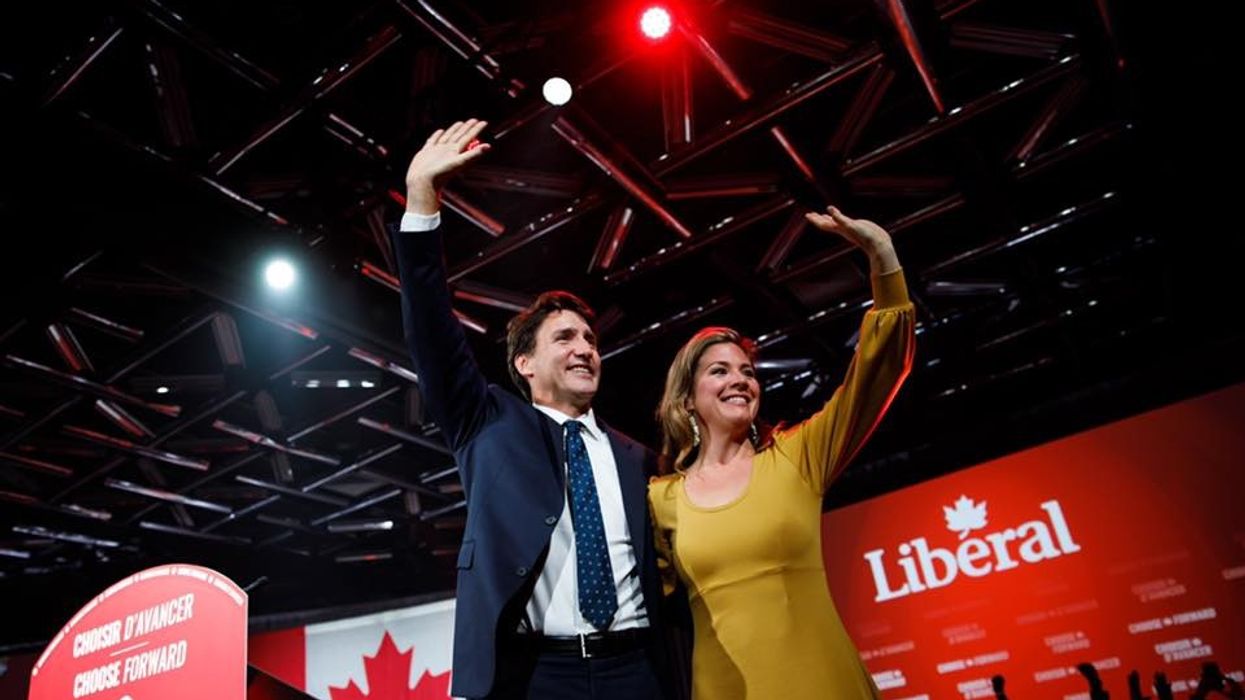Last night, Justin Trudeau was re-elected the prime minister of Canada. However, this time the Liberal Party holds a minority government, instead of a majority, with the party winning, at last count, 158 seats to the Conservative's 122.
READ: Mayor Tory’s Housing Now Launches In Toronto Today
This means the Liberals will need support from other parties to pass future legislation. In order to form a majority government, the party will need to form a coalition with another party. Put simply: the Liberals need to work with others to make decisions from now on.
Here's what you need to know about Canada's new Liberal minority government.
What is a minority government?
In the Canadian parliamentary system, a minority government is formed when none of the parties running for leadership have a majority of the 170 seats in the legislature. Since the Liberal party no longer has political dominance, they must rely on currying favour from other parties to pass legislation.
It rarely happens but the Liberal party could conceivably form a majority government by entering into a coalition with another party. In 2017, the British Columbia New Democratic Party formed a coalition government with the Green Party to overthrow the long-reigning Liberal party from the provincial legislature. So, this option is not entirely out of the realm of possibilities for the federal Liberals.
What is a coalition government?
A coalition government is formed when two or more parties agree to work together as a united front. The Liberal Party could join a coalition with Jagmeet Singh's New Democratic Party (which won 24 seats at last count). In choosing to govern together, this coalition government could form a majority and make decisions.
Singh has stated publicly that his party is open to a coalition but that he would have expectations for such a working relationship. Trudeau, on the other hand, hasn't said whether or not he would be interested.
How will the Liberals pass legislation from now on?
Forming a coalition government isn't the only option for the Liberal party to successfully pass legislation. Another course of action is to enter into a confidence and supply agreement. This agreement is made between the minority government and elected officials from other parties, who provide their support for legislation in exchange for support of their own priorities and policies. This is what the NDP and Green Party currently have in British Columbia.





















